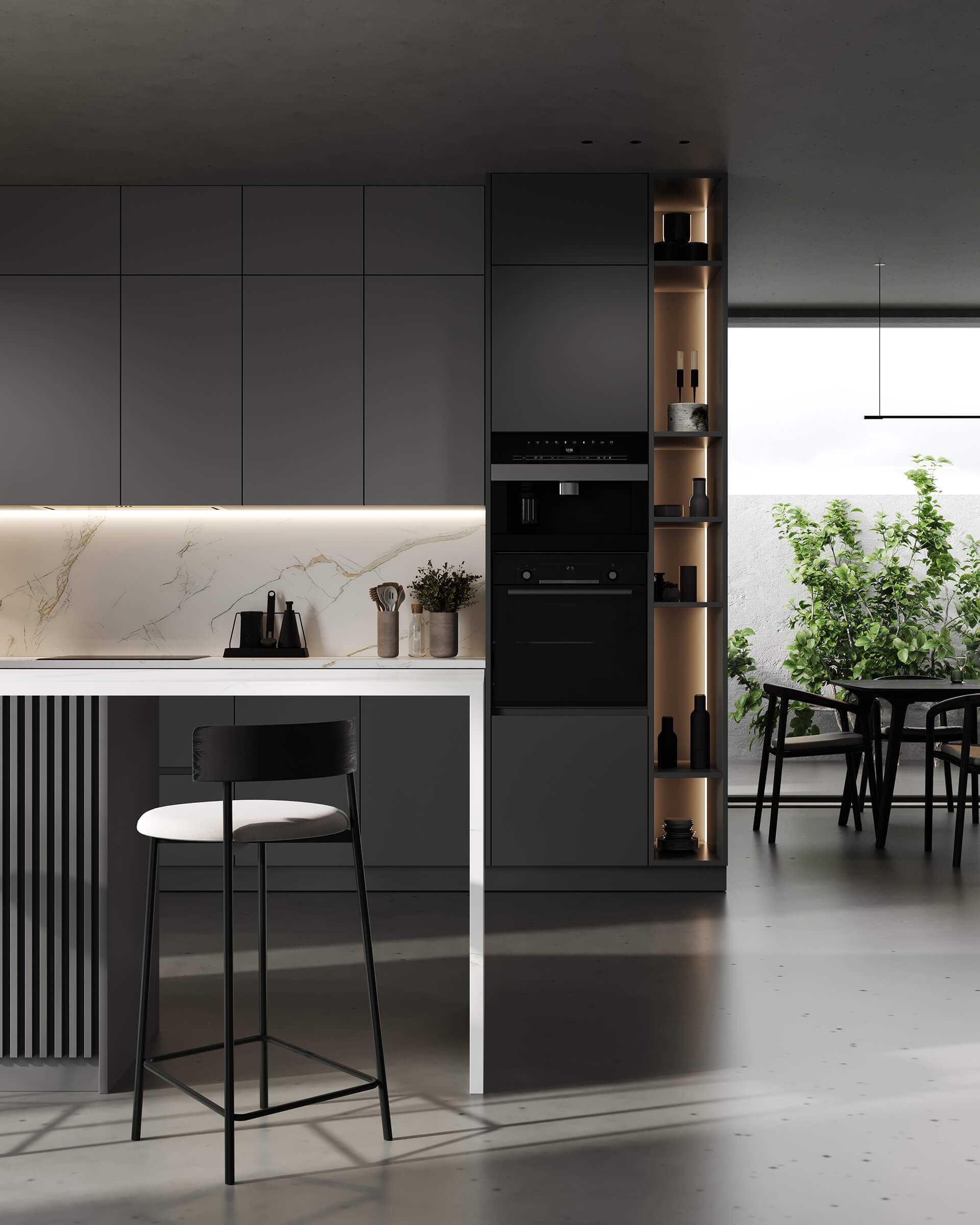The Role of Architecture in Shaping Furniture Design
When we think of architecture, towering buildings and grand spaces often come to mind. But architecture is more than just the art of designing structures—it also shapes the way we live inside them. One of the most profound ways it does so is through furniture design.
Architecture and Furniture: A Symbiotic Relationship
Furniture is not simply placed inside a building; it is an extension of the architecture itself. From the proportions of a room to the materials used in construction, architectural elements directly influence the style, scale, and function of the furniture within a space.
For instance, a minimalist architectural style often pairs with sleek, functional furniture pieces that reflect simplicity and clean lines. In contrast, ornate architectural designs might demand furniture rich in detail, texture, and craftsmanship.
Material Harmony
Architects often work with natural materials like wood, stone, and metal—materials that also play a crucial role in furniture making. Reclaimed wood tables, marble countertops, and steel-frame chairs all draw from architectural textures and create harmony between the structure and its furnishings.
Spatial Awareness
A well-designed piece of furniture doesn’t just look beautiful; it fits perfectly within its environment. Architectural layouts influence furniture dimensions, ensuring each piece complements the room’s flow, light, and purpose.
Blending Tradition with Modernity
Today’s furniture design often blends traditional craftsmanship with modern architectural concepts. For example, a reclaimed wood dining table can be paired with minimalist metal legs, marrying rustic charm with contemporary style. This fusion not only enhances aesthetic appeal but also meets the evolving demands of modern living.
Conclusion
Architecture and furniture share the same goal—creating spaces that inspire, function seamlessly, and reflect personal style. By understanding the connection between the two, homeowners and designers can create interiors that feel both cohesive and captivating.
